Some of the links in this post may be affiliate links.
Is your desert rose dying? I have good news for you. Unless your plant has rotted, there is hope. In this post, I will go over some valuable insights into how you can grow this plant in your home. And you’ll be surprised to know that sometimes your plant may look dead, but it’s not! Keep reading to discover all the details.
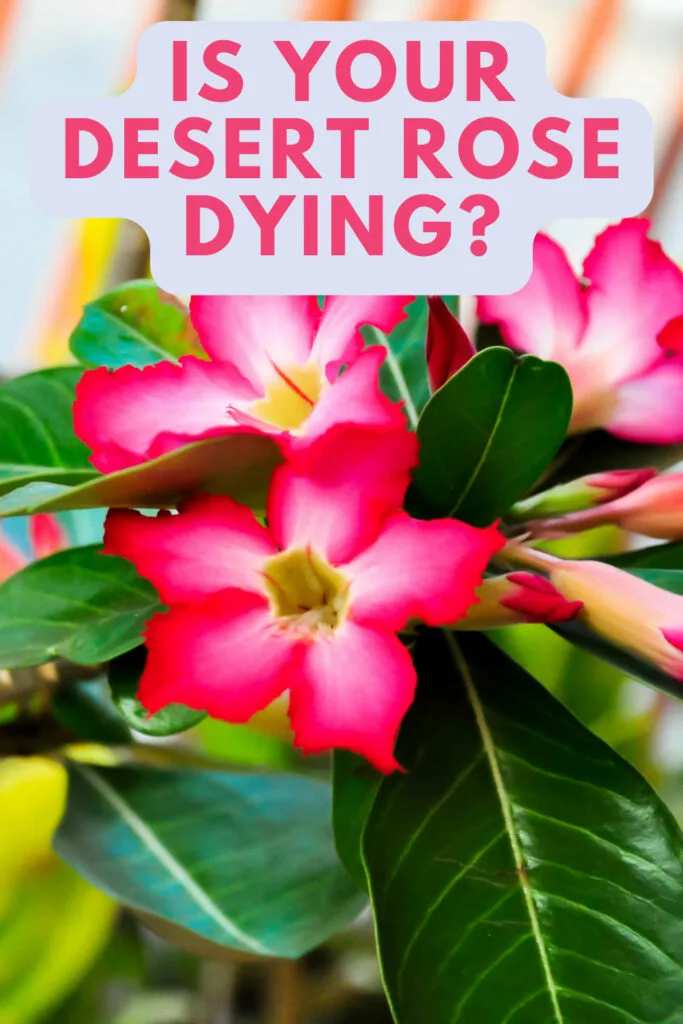
Adenium obesum is commonly known as Desert Rose. Some other common names include Desert Azalea, Mock Azalea (though they are not azaleas), Impala Lily, Sabi Star, and Kudu Lily.
The characteristic features of this plant is the thick, succulent base (called a caudex) and also the star shaped flowers that typically come in pink, red and white.
In fact, the name “obesum” comes from the swollen or “obese” caudex.
Table of Contents
ADENIUM OBESUM IN NATURE
I firmly believe that it’s very helpful to understand how any plant grows in nature because it will give us valuable clues into its care.
Adenium obesum is name to West Tropical Africa, as well as the Arabian Peninsula and Tanzania. It is considered a semi-succulent shrub.
The important part to remember is that these plants experience an annual dry season, in which they can lose all of their leaves. (Remember this if you think your plant is dead…it probably isn’t!). More on this in the dormancy section later in this post.
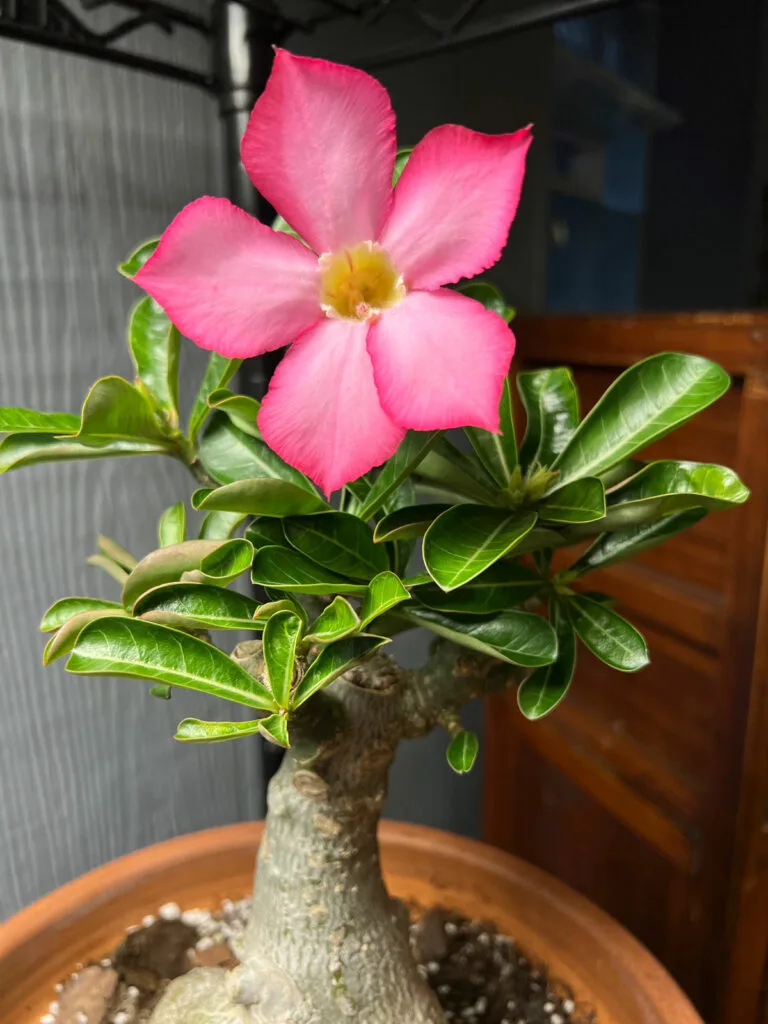
DESERT ROSE DYING? HERE ARE SOME TIPS TO HELP
1. LIGHT
Adeniums are sun loving plants. If you don’t have any particularly sunny windows or a good grow light, this is probably not the plant for you.
Place your desert rose in front of your sunniest window that you have (such as an unobstructed southern window if you are in the northern hemisphere).
Eastern facing windows with morning sun, and Western facing windows with afternoon sun will also work, although flowering may be reduced.
Poor light will result in reduced to no flowering, as well and spindlier, weaker growth.
Adeniums will benefit from spending time outdoors during warm weather. Just be careful if you are moving your plant from indoors to outdoors and gradually acclimate it to higher light otherwise it will burn.
Place your plant in full shade at first for a few days, and then gradually increase the amount of direct sun little by little, until your plant has been hardened off and is placed in full sun.
2. TEMPERATURE
Adeniums love warmth and heat, and temperatures of 70°F (21°C) to 100°F (38°) are required for good growth.
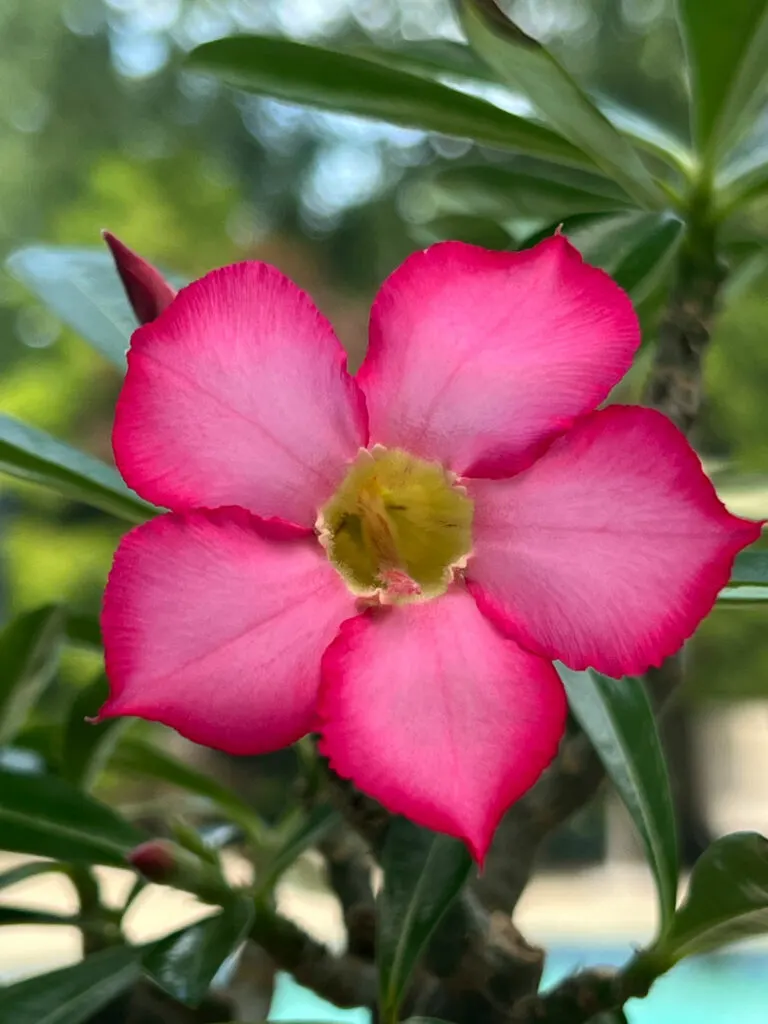
3. WATERING
The best advice I have received for this plant, and it has helped me tremendously, is to treat this plant like a tropical plant during the growing season (spring and summer) and like a succulent in the fall and winter.
I will go into more details in the dormancy section later, but during the growing season, water your desert rose abundantly.
Also, keep in mind that watering frequency heavily depends on the type of potting mix you are using, and your growing conditions (temperature, light, etc.). I go over the relationship between all these things in my book, Houseplant Warrior.
I try and never allow my plant to go completely dry during the growing season. Depending on the size of your pot, for smaller pots, allow the top half inch to an inch to dry out before watering. If you have a larger pot, you can safely allow the top 1-2 inches to dry out.
Always water thoroughly and allow excess water to escape the drainage hole.
Never, ever allow your plant to sit in water for extended periods of time, otherwise root rot may set in.

One last note for watering. If you allowed your plant to dry out a lot during the growing season, you’ll probably see a lot of yellow leaves forming. You basically are inducing dormancy by keeping it too dry, so never allow your plant to completely dry out during the growing season.
I talk about the right time to induce dormancy later in this post.
4. FERTILIZING
Fertilize regularly during the active growing seasons (spring and summer). Some people use an all-purpose balanced fertilizer in the spring and then switch to a high phosphorus fertilizer for more flowers, but I keep it simple.
I just use Dyna-Gro Grow for Adeniums and most of my plants. It is an awesome all-purpose fertilizer that is urea-free and contains all the micro and macro nutrients that plants need.
5. HUMIDITY
Inside the home, there is no need to worry about humidity, or the need to increase it during the winter time. It doesn’t even cross my mind when growing this plant.
High humidity (especially with low air circulation) can sometimes cause some spotting on the leaves.
6. POTTING MIX, POTS, & REPOTTING
POTTING MIX
A very well draining potting mix is needed. I give my Adenium my standard potting mix for succulents (though I keep the potting mix more moist during the growing season compared to other succulents).
I like to use about 2 parts of a cactus/succulent mix plus 1 part of 1/4″ horticultural pumice.
I always amend potting mixes and never use any packaged potting mix as-is. They don’t have enough porosity, and I feel particularly strong about this for any succulent plants.
By amending your potting mixes with chunky material like 1/4″ horticultural pumice, it allows you to not have to worry about “overwatering” and therefore the risk of root rot is greatly minimized.
Root rot is caused by not having enough oxygen in the root zone, NOT from moist conditions. You can have a chunky potting mix that stays moist and you will never have to worry about root rot, as long as your other conditions are also good (such as having plenty of sun and warm temperatures).
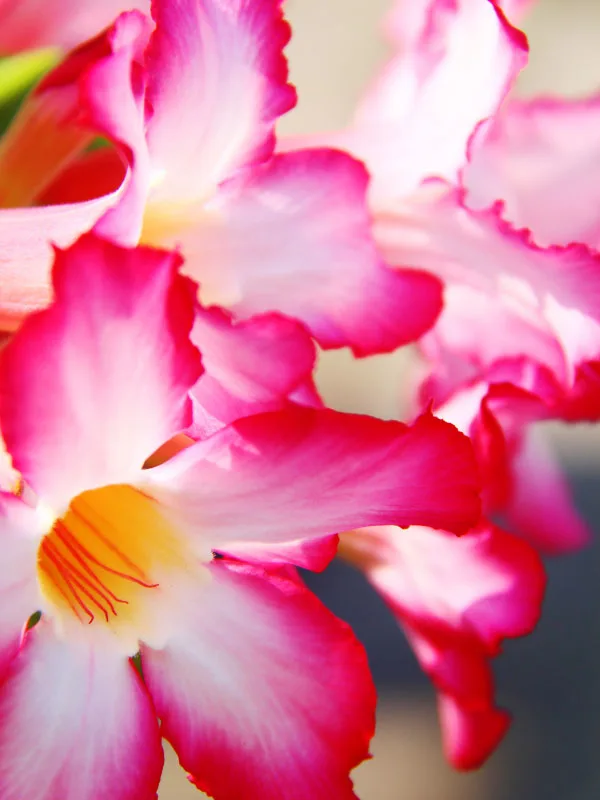
POT TYPES & SIZE
Any pot type will work (as long as you have drainage holes) and each type has pros and cons.
Terra cotta pots will dry out more quickly than others, so this can be a blessing and a curse, depending on your conditions. With hot temperatures and plenty of sun, it may be difficult to keep your plant sufficiently hydrated during the growing season.
Plastic pots or glazed ceramic pots will hold more moisture. Read about the pros and cons of pot types to help you choose a right pot for you and your plant.
As far as size goes, you can artificially keep your plant smaller if you keep it restricted to a small pot (this will also increase the frequency of watering so you’ll have to be flexible). If your plant is root bound, and you want it to grow bigger, you’ll need to give it a bigger pot.
REPOTTING
Here are some tips for repotting:
- You may want to wear gloves while repotting since these plants are highly toxic.
- They do well being pot bound, but when it is time to repot, do it early on in the growing season. Loosen the root ball a bit before placing in its new pot.
- Do not plant it any deeper than it was in the old pot. It IS ok though to plant it higher than it was, and even expose some more of the base of the plant. The swollen base, or caudex, is the trademark feature of this plant, and it will give an interesting look to the plant.
- Only go up one pot size. For example, if your plant is in a 4 inch diameter pot, only go up to a 6 inch diameter pot. This allows enough room for more growth, but will still let the potting mix to dry out in a reasonable amount of time.
- After repotting (though I don’t always do this…), it can be safer to wait a day or two after repotting in order to water your plant.
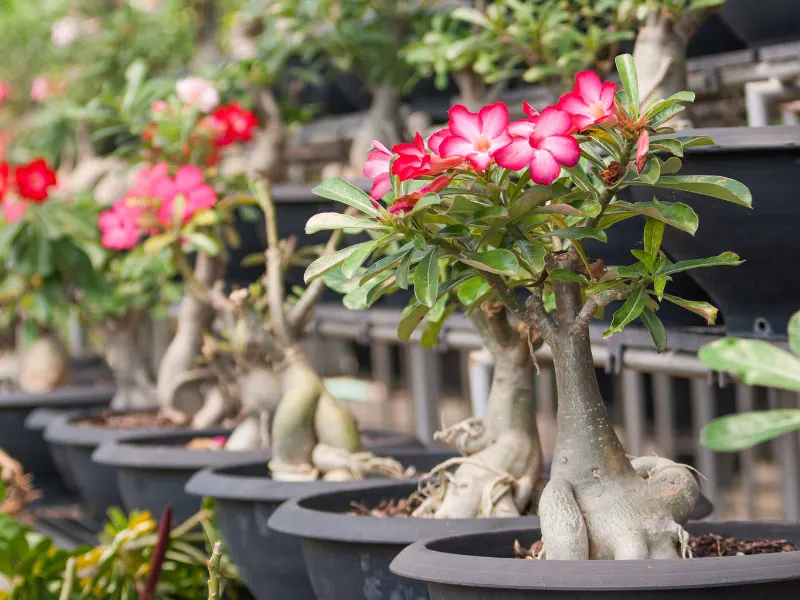
7. FLOWERING
Usually, flowering will start to happen in late winter to early spring and continue into the fall, pausing sometimes during very hot weather and resuming when temperatures even out a bit.
Having your plant in abundant direct sun is necessary for good flowering.
Many Adenium specialists also believe that a totally dry, dormant people will also increase the flower show in your plant.
8. DORMANCY PERIOD
In nature, these plants go through a dry season where they will get no rain at all. When winter time approaches, you should replicate the same conditions.
Having a dormant period for your plant will help to improve flowering in the spring time and also allow for better growth.
Here are some tips for dormancy of your Adenium:
- All you need to do is basically withhold water until the leaves turn yellow and drop off. The plant is not dead at this point. The succulent base, or caudex, will hold it through the dormancy period.
- Once it has lost all its leaves, you don’t have to have it full sun indoors. You can move it to brighter location that doesn’t have direct sun.
- For small plants in small pots, give your plant water about once a month. For larger plants in larger pots, your plant can probably go without water during the whole dormancy period.
- Regardless of the pot size, if you’re choosing to store your dormant plant in cooler temperatures (below 55°F / 13°C or so), you can withhold water completely. Cold and wet will spell death for this plant. To be safe, keep your plant no lower than 40°F (4°C) during dormancy.
- Keep an eye on your plant. Once you see signs of growth, place it in a sunny window once again, and start your normal watering routine.
- If you don’t see any signs of new growth by late winter or so, you can still place it in front of a sunny window again and give it a good watering. As growth starts, you can increase watering accordingly.
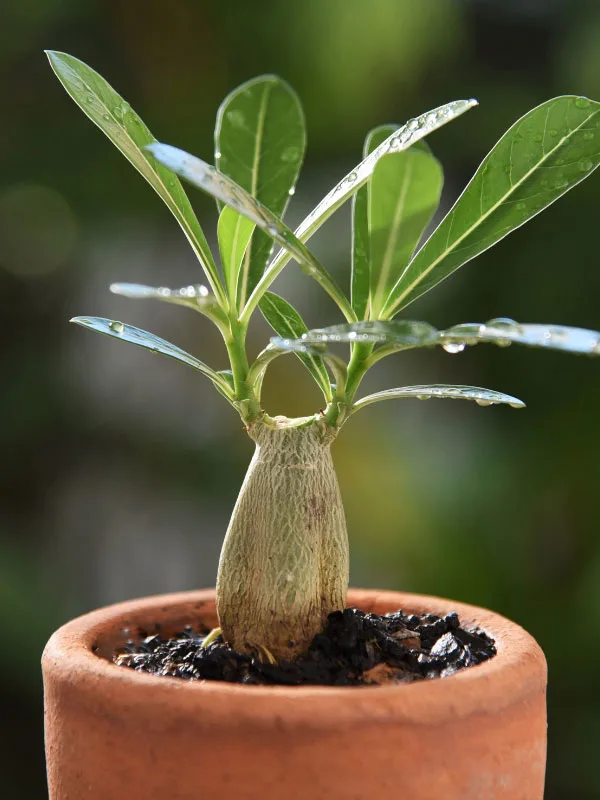
9. PRUNING
If your plant has gotten too big and you want to control the size, or even if your plant has grown in lower light and got weak and spindly, you can prune it to shape the plant and control the size.
Adeniums can sometimes look pretty sparse and leggy over time, so pruning will help promote branching and create a fuller plant, as well as increase the number of flowers.
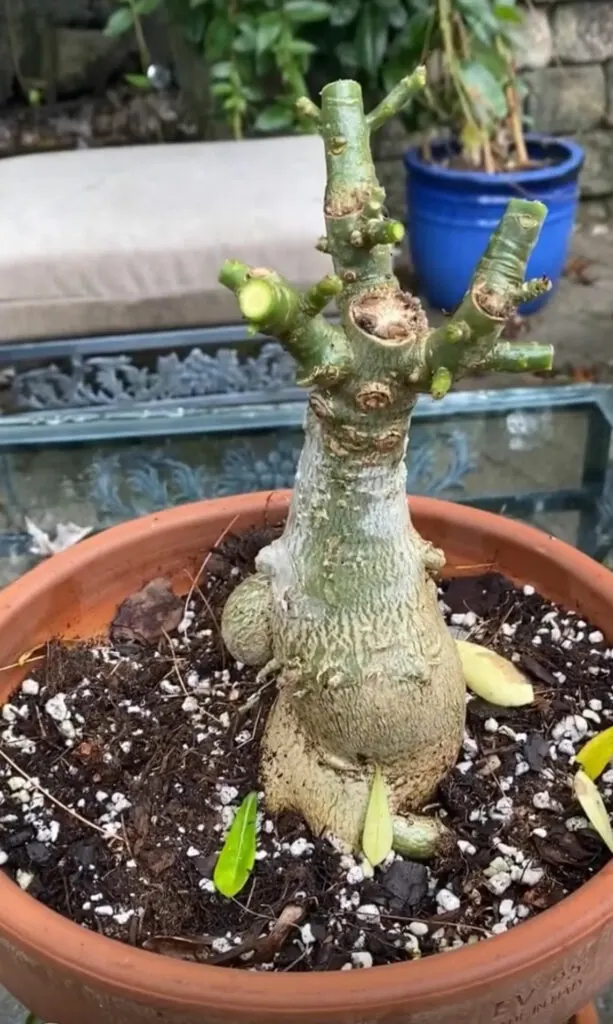
They can even take a pretty hard pruning and you can even prune it back to the main caudex if you choose, and it will burst back into growth.
Pruning is best done when your plant is coming out of dormancy. Please use gloves when pruning and handling this plant since it is toxic (see the next section).
10. TOXICITY
Adenium obesum is a highly toxic plant as a result of cardiac glycosides, according to the ASPCA. In fact, it is so poisonous that it has been used to make poisoned arrows used in hunting in Africa.
Keep your plant away from children and pets since even licking or ingesting a small part of the plant can be dangerous.
11. PESTS
Desert Rose can be prone to many of the common plant pests, including spider mites, mealybugs and fungus gnats. Keep a vigilant eye and treat accordingly if you spot any pests.
I hope you’ve enjoyed this post on Adenium care. Do you have any Adenium? Comment below. I’d love to hear!

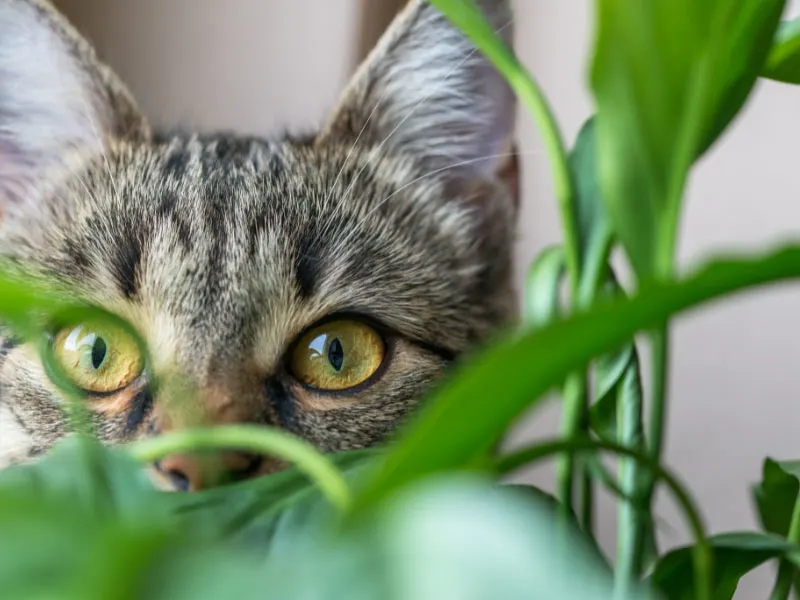
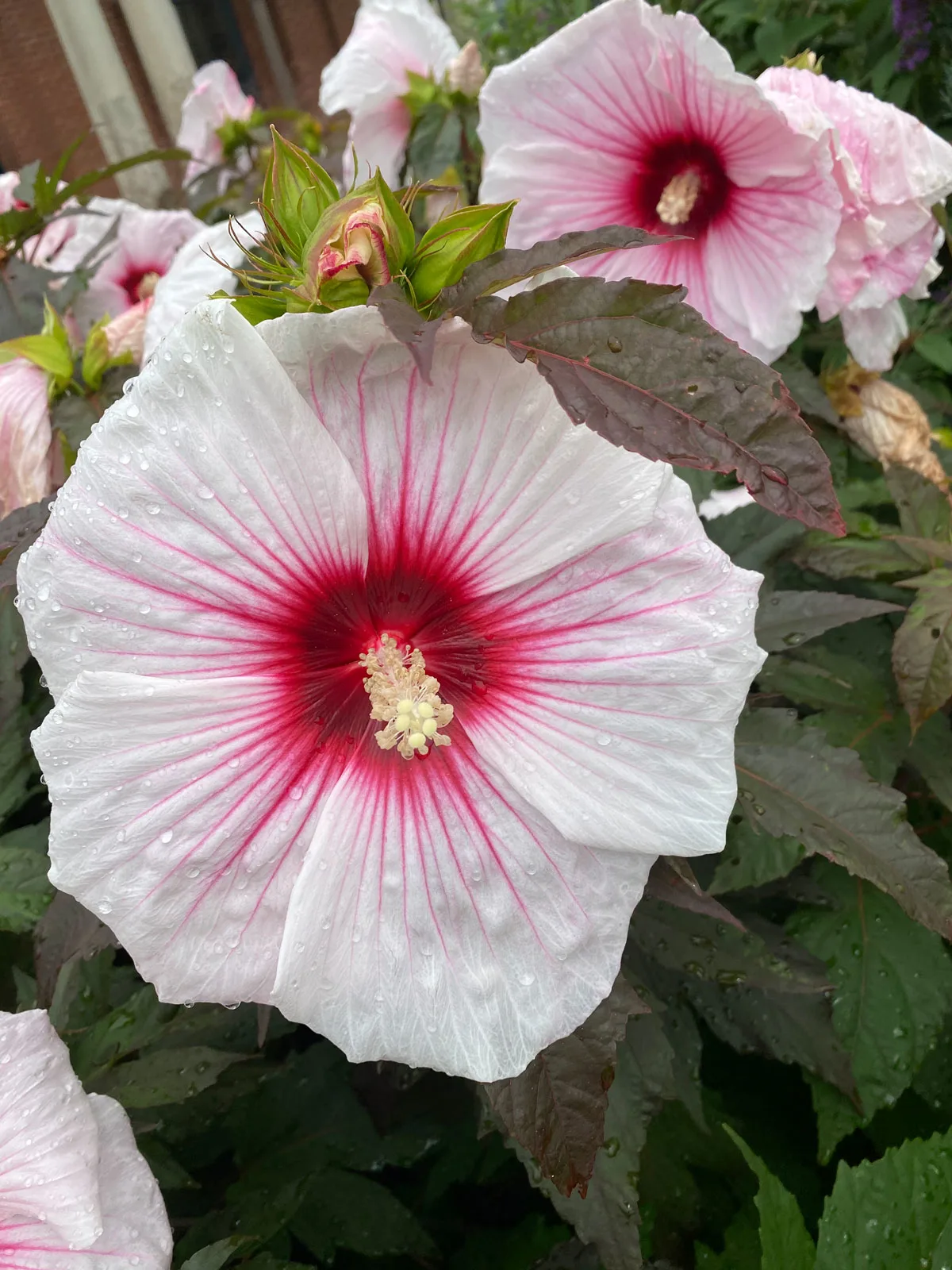
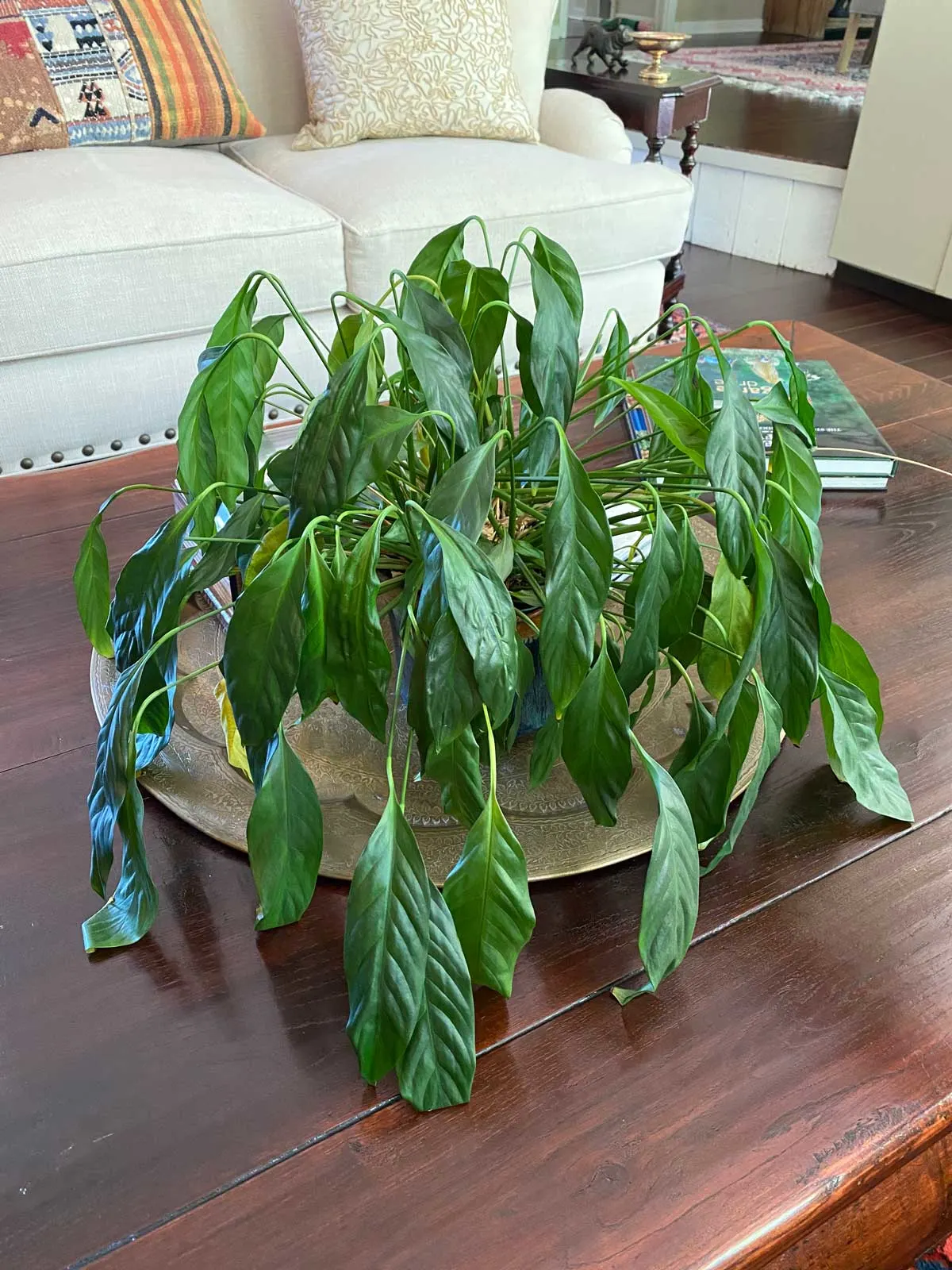
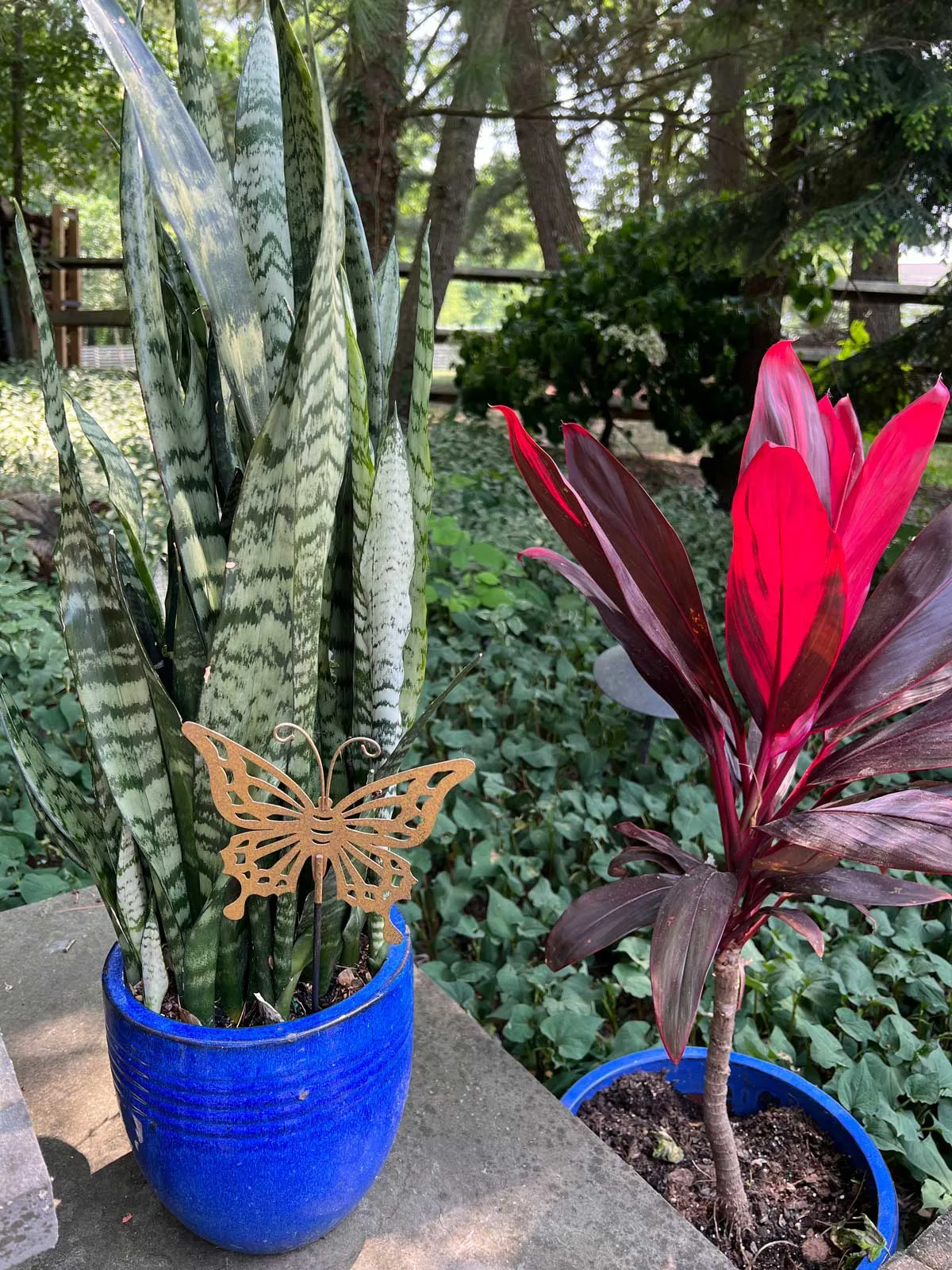
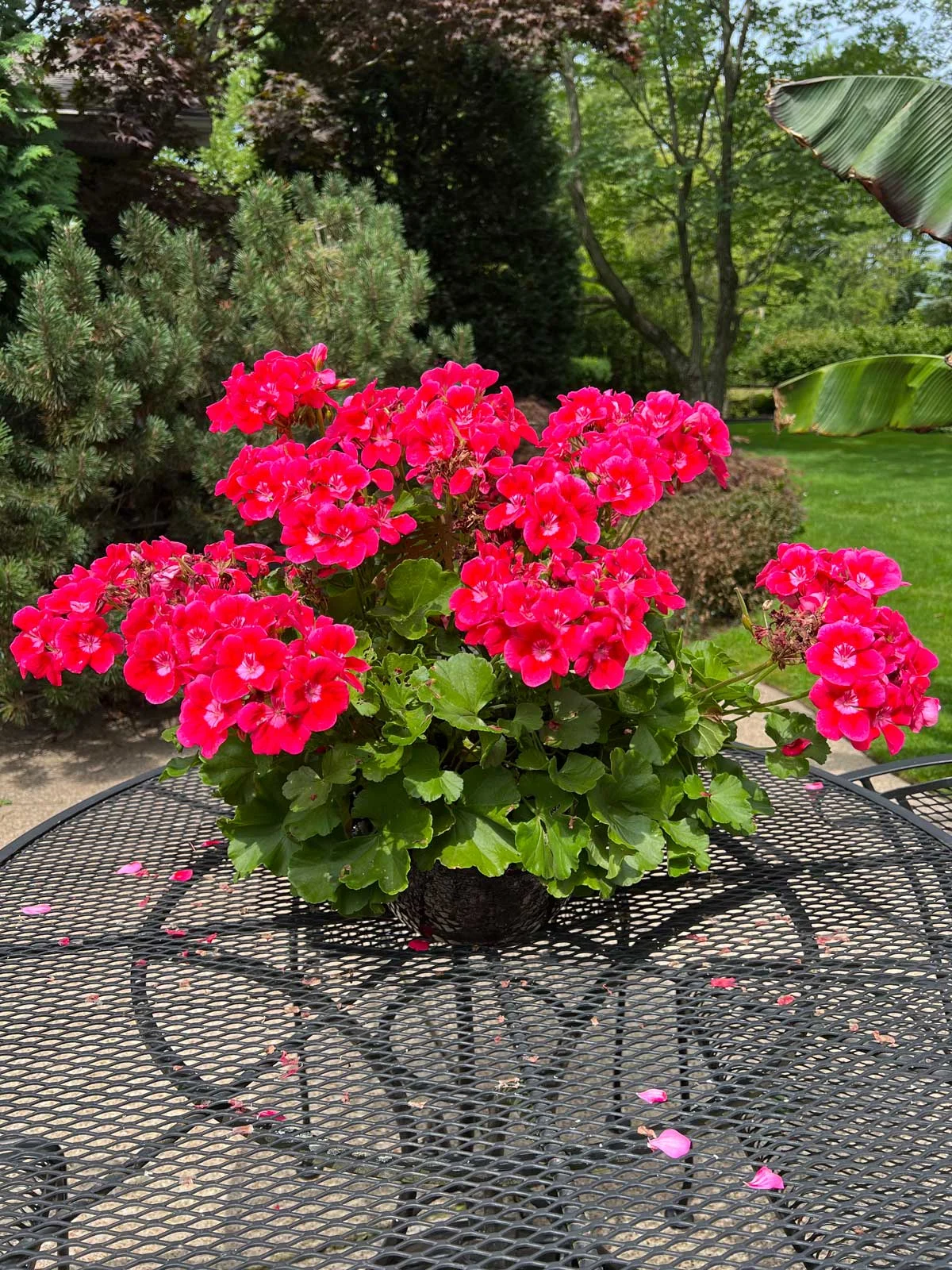
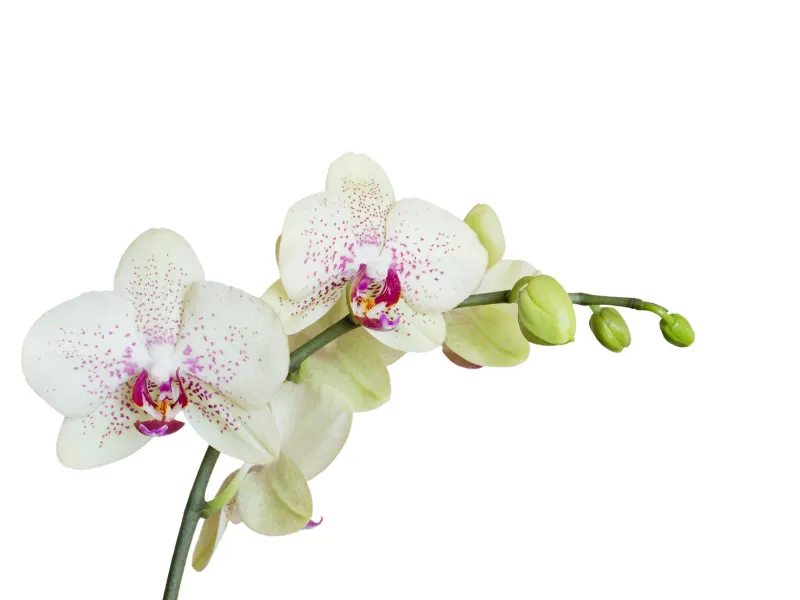
Frank Flesche
Monday 8th of July 2024
I have small greenish blue growths all over one of my plants( look like some kind of very small air plants).. killed one plant and one looks less than healthy. I don’t know what this is or how to treat it. I have seven plants out front in full sun. They have been fine for eight years.
Raffaele Di Lallo
Friday 12th of July 2024
Hi Frank. That sounds unusual. I would have to see a photo....but it sounds like your other plants are doing well :-)
Portia Wiggins
Thursday 8th of February 2024
Please add me to your email list for desert roses. Thanks.
Raffaele Di Lallo
Thursday 8th of February 2024
I don't have a separate email list for individual plants. It's just for my general newsletter for my site.
Linda Mormile
Monday 22nd of January 2024
My desert rose got cold and the leaves just drooped. The leaves have not fallen off! I brought the plants in right away, after the cold snap. Should I trim off the leaves? Are my plants dead? Help!
Raffaele
Thursday 25th of January 2024
If the caudex is still firm, your plant is not dead. At this point, I would follow the instructions in my blog post in the "Dormancy Period" section. Good luck!
Song
Monday 6th of November 2023
How much water should I water the small adenium during dormancy?
Raffaele
Monday 6th of November 2023
As long as the trunk and branches are firm, don't water it. If it's a really small plant, you may want to water it once a month or every several weeks.
Josh and Melissa davis
Tuesday 8th of August 2023
My wife has several from 4 big 25yr old ones to all thier babies from the seeds she has planted and gave away. We live by daytona in florida and this year on one of her big ones, all the leaves have not come on and the very few that have just fall off. This one has been spectacular for years and so have the others but this one is the only one that is bear branches
Raffaele
Wednesday 9th of August 2023
As long as the plant is still nice and firm, it will grow back :-) They sound like lovely specimens!